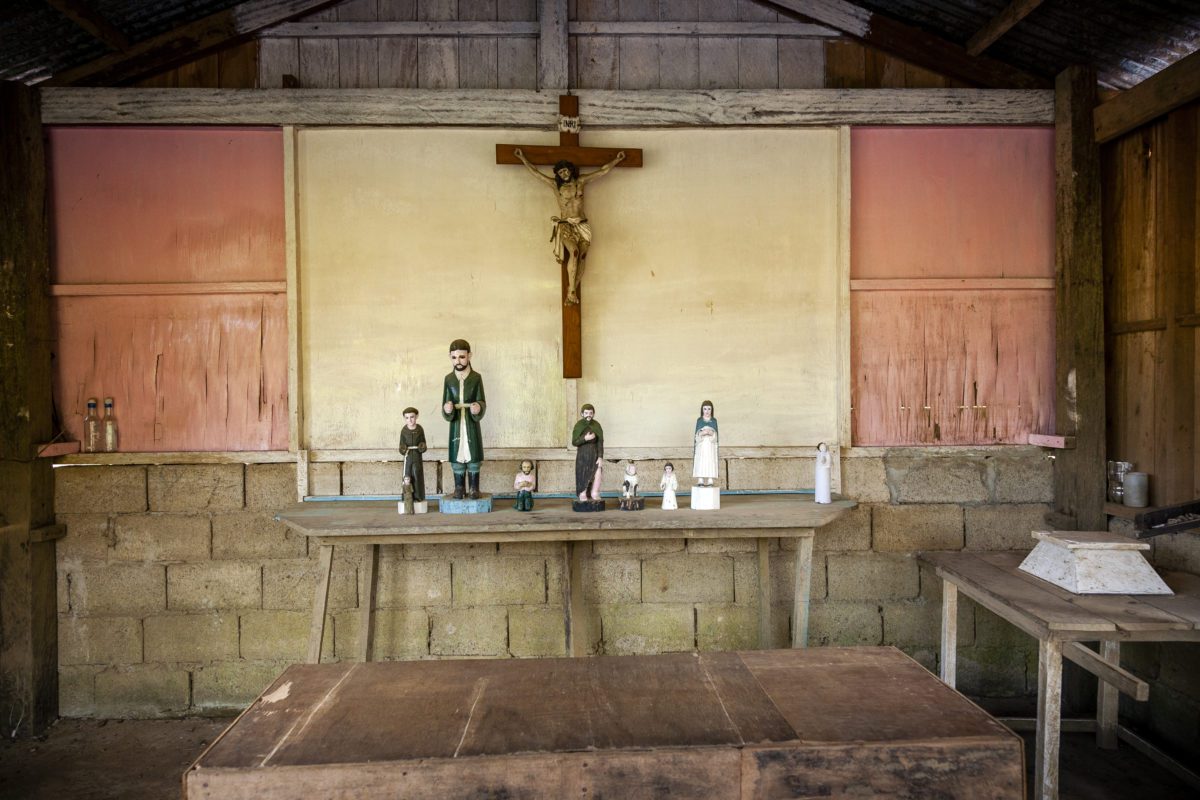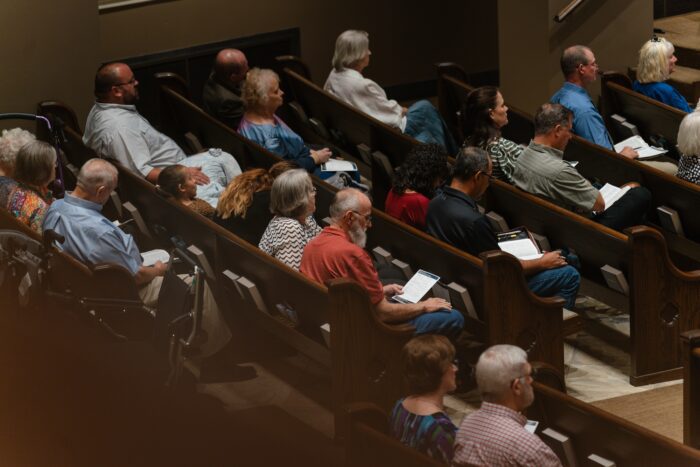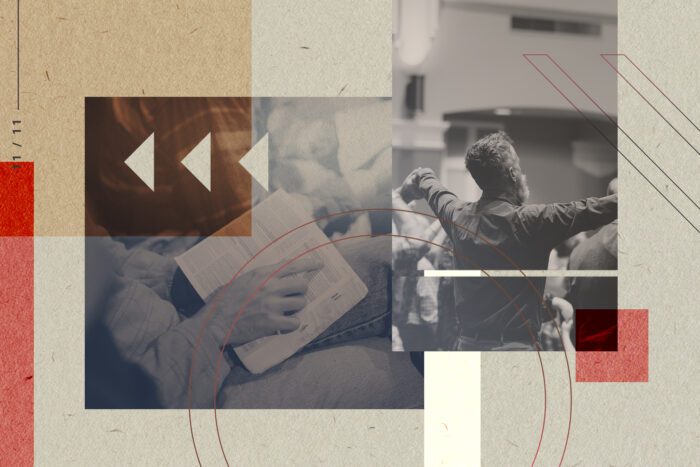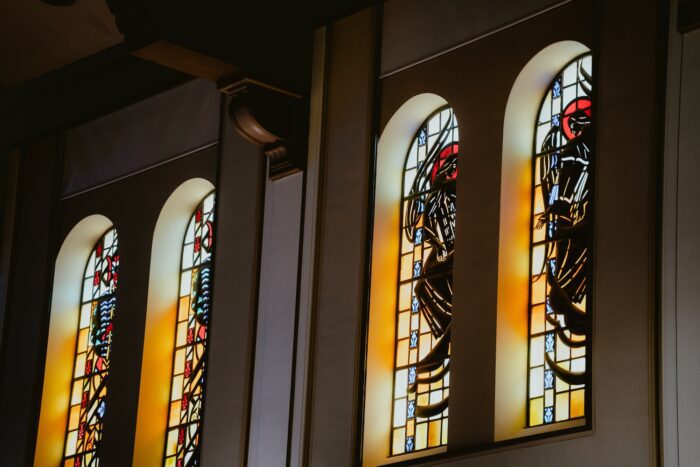Catholic Filipinos will soon join millions worldwide to celebrate Semana Santa, Holy Week, which begins on Palm Sunday and ends on Easter Sunday.
Census data from 2020 records that 78.8% of the Philippines’ population — 85 million people — are Catholics. Evangelical Filipinos account for roughly 11% of the population. Easter celebrations in this nation of 7,641 islands are numerous and involve not just individuals and families but entire communities.
I was recently blessed to have corresponded with several Filipino believers, and I’m grateful to share with you what I learned from them about Easter in the Philippines. After all, examining Easter celebrations around the world can help us grow in understanding, challenge and affirm our beliefs, and remind us of why we celebrate Resurrection Sunday.
Semana Santa: History, Rites and Rituals
Edcarl Cortez grew up Roman Catholic but later became an evangelical. He is a pastor and a seminary student at the Biblical Seminary of the Philippines (BSOP), an evangelical school outside of Manila. He shared how the community he grew up in celebrates Easter.
Holy Week celebrations begin on Palm Sunday when worshipers carry palm fronds to mass to receive a blessing from the priest.
On Lunes Santo (Holy Monday), a family in his neighborhood set up a tent, table, and altar. Someone held a microphone and began the “pabasa,” a melodic reading of an epic poem called the Pasyón, or passion of Christ.
The Philippines’ pre-colonial oral traditions included chanting epic poems. Then, after the Spanish colonizers brought Roman Catholicism to the islands, a new chanting tradition began — the story of Christ.
The Pasyón, written by poet and translator Gaspar Aquino de Belén, details the events of Jesus’ life, death, and resurrection. At 209 pages, the Pasyón is a lengthy poem, and it is chanted in a continuous and uninterrupted style called “tagulaylay,” with stanzas mournfully and melodically sung in one breath. The chanting can span several days but ends before Good Friday.
On Huwebes Santo (Maundy Thursday), the “Visita Iglesia,” or church visit, commences. Families and groups of friends walk for miles to as many as fourteen different churches to pray and reflect on Jesus’ sacrifice.
Acts of charity called “karidad” can also be part of Holy Week. Families prepare karidad for Visita Iglesia participants or those performing the pabasa. Cortez’s family’s karidad was a dish that included fish, since pork is not allowed on Good Friday, and a sweet coconut milk refreshment.
“Prusisyon” is a highlight of Good Friday. This community procession commemorates the passion and death of Christ. In observance, some devout individuals walk barefoot for miles and practice self-flagellation as a form of penance. It’s customary for faces to be covered to conceal the participant’s identity. In more rural provinces, some devotees lie face down on the ground and allow another person to beat them.
The “Senakulo” is a dramatic reenactment of Jesus’ suffering, death, and resurrection performed in the streets and churches. A person plays the role of Jesus and is crucified, sometimes in representation only and other times literally. Some people, particularly in the Pampanga province, go to a painful extreme by choosing to be nailed to a cross for a specified amount of time as an act of penance and gratitude. The Filipino Catholic church does not condone this custom but,
as of Easter 2024, a man named Ruben Enaje has been crucified 35 times.
On Black Saturday, between Jesus’ death and resurrection, Catholics observe a solemn day of waiting and participating in late-night vigils.
The “Salubong,” a Tagalog word for “meet” or “welcome,” is a religious rite held at dawn on Easter Sunday. Salubong, the pinnacle of Holy Week, is a procession depicting Mary’s reunification with Jesus. Statues of Mary and Jesus are carried to a point where they are reunited. Mary’s statue wears a black veil which is taken off at the end of the procession, signifying her mourning has ended.
On Easter Sunday, flowers are often placed at the feet of Mary’s statue.
Catholics and some evangelical churches observe “Siete Palabras,” or the Seven Last Words of Jesus. It is a time to reflect on and meditate on Jesus’ last words.
Gerard Palaez, another evangelical believer, shared that his church and others meditate on the Siete Palabras during the Easter sunrise service. The Siete Palabras are sometimes broadcast on TV and radio and are voiced during “Santo Entierro” (holy burial) processions on Good Friday commemorating the moments after Jesus’ death.
Adore Sabido, a Filipino pastor, explained that Catholicism is embedded in Filipino culture and has become a way of life. Catholicism permeates every stratum of society, so the traditions and rituals of Roman Catholicism have even influenced evangelical Christianity.
“Evangelical churches in the Philippines celebrate Easter both as tradition and celebration for the resurrection of the Lord and Savior Jesus Christ and for the victory experienced by the individual by faith in Jesus Christ,” Sabido said.
One example is Salubong. The Catholic celebration is full of fanfare, focusing more on an earthly reunion than the earth-shattering return from death that forever changed history. In contrast, evangelicals attend sunrise services to reflect on Christ’s sacrifice and celebrate His triumph over sin and death.
Cortez explained that during Holy Week, Catholics center their activities on the person making the sacrifice rather than Jesus’s sacrifice on the cross. The clearest example of this is the person portraying Jesus in rituals such as the Senakulo. The actor’s dramatic reenactment of the crucifixion is presented as a work of faith done by a faithful Catholic.
In contrast, Cortez said evangelicals center Holy Week celebrations not on the pain of human sacrifice, but on the Word of God, primarily the passages related to the passion of the Christ.
As a Catholic, Cortez recalls being viscerally reminded of Christ’s suffering when he witnessed an actor playing the role of Jesus collapse in pain. Now, as an evangelical, Cortez is full of pity for the men who take part in Senakulo every year, for their agony is unnecessary.
Cortez explained it this way: it’s a difference between the Word and works.
An Evangelical Easter
Douglas Jacobsen explains that guilt in Catholicism is a “core barrier to salvation,” and Jesus’ death is the only means of assuaging that guilt. He states that while Catholics believe God’s grace is the basis of their salvation, they also believe effort on their part is needed.
Jacobson says that the symbol of the global Catholic church is the crucifix, with Christ on the cross. This symbol reminds Catholics that Christ submitted Himself to punishment on our behalf and thus is a reminder of their guilt and the suffering Jesus underwent.
“Both visions of God — God as the loving hound of heaven and God as the one who declares people guilty and worthy of death — exist side by side in the Catholic tradition, and Catholic spirituality often oscillates,” Jacobsen writes. This Catholicized version of Easter is present throughout the Philippines, but the celebrations of evangelical Christians have a different focus.
Cortez said that at Easter, evangelicals’ Easter observances might involve fasting, removing themselves from pleasure to spend time in worship and contemplation of the Lord’s life, sacrifice, and resurrection. Some churches go to the mountains or beaches to pray and spend quiet time with the Lord, sometimes for the entire week.
Pastor Remir Romualdo, who also attends BSOP, said the evangelical church he attended as a teenager would gather at an auditorium for the sunrise service. The church he currently attends holds its service at the regular time because it meets in a mall and must adhere to the opening hours. At every step, though, these believers’ focus is on the accomplished work of Christ, not on human suffering.
Growing, Challenging, and Affirming
My conversations with these Filipino brothers left me convicted in three ways.
First, I wonder if we evangelicals skip too quickly from the cross to the empty tomb. In U.S. evangelical churches, Christ’s suffering is acknowledged and appreciated, but more meditatively and less publicly. Christ’s death and resurrection are remembered and celebrated in churches and in the individual Christian’s life, but not in grand displays like public plays and processions.
Even our crosses don’t usually portray Jesus hanging on them, showing that Jesus triumphed over death. But are we moving too quickly from Jesus’s agony and suffering to His resurrection and our forgiveness? When we ponder the cross, it should evoke feelings of both somberness and celebration. Skimming over the somber curtails our gratitude for the weight of the agony Jesus went through on our behalf.
Second, I was struck by how powerfully communal Holy Week celebrations are in the Philippines. Whole villages and even cities come together to worship!
Moreover, these celebrations are not mere empty rituals, but rather provide what A. H. Mathias Zahniser calls “living rites of intensification,” which maintain and renew church members’ spiritual lives. Such rites of intensification, Zahniser explains, include Easter and Christmas celebrations, church services, retreats, and Bible studies. Through communal participation, rituals can strengthen believers’ faith and disciple new believers.
Intellectual understanding of God’s Word is of primary importance in the U.S. evangelical world, as well it should be. But we are also embodied beings who benefit from embodied worship practices. As Paul G. Hiebert, R. Daniel Shaw, and Tite Tienou remind us, “Many Protestant churches think of discipling in terms of formal verbal instruction. Rituals can play an important role in teaching people religious beliefs, reinforcing these beliefs with deep emotions, and motivating them to make lasting personal commitments.”
What biblically-aligned rituals can your church incorporate in Holy Week remembrances? How can the U.S. church benefit from communal Easter observances, as well as neighborhood Easter egg hunts? How might we honor our Lord withChrist-centered public portrayals of Jesus’ crucifixion? Such reenactments could engage communities and neighbors who may never enter a church, but might participate in an outdoor event.
As Southern Baptists, how can the real story of the Easter season become visible within the community during the days leading up to Easter and all year long? Is there a place for processions, acts of charity, reenactments, oral or media depictions of what Christ has done for the world, His grace and forgiveness?
And finally, I was encouraged to witness the new life and hope my Filipino brothers have in Christ. In the Philippines, where many evangelicals were formerly Catholic, Easter now brings freedom and a soul-satisfying moment of completion through what Christ has done.
We are saved by grace, not by works, and our Easter celebrations should reflect this. Praise God that our ceremonies, sacrifices, and penance are not needed to secure our salvation!
Photo courtesy of the International Mission Board (IMB).








